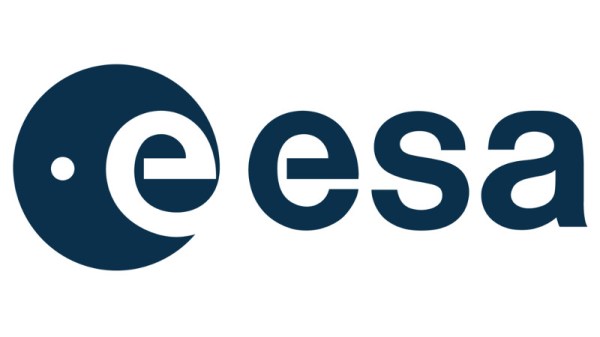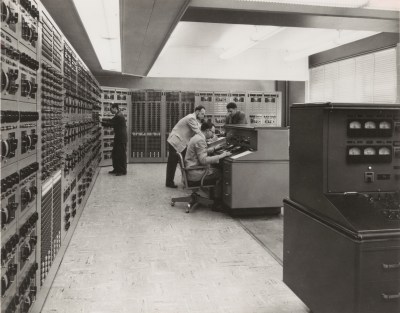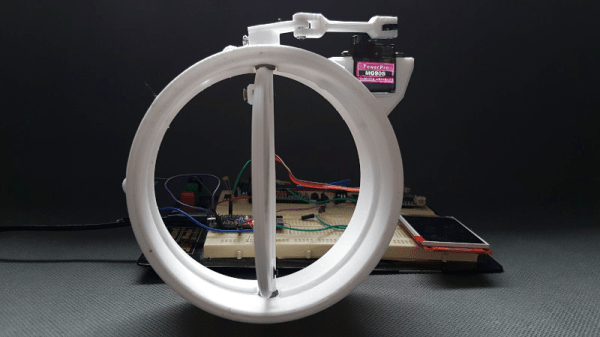In the six decades or so of human space exploration, depending on whose definition you take, only 562 people have flown in to space. We haven’t quite reached the state of holidaying in space that science fiction once promised us even though the prospect of sub-orbital spaceflight for the exceedingly well-heeled is very close, so that cadre of astronauts remains an elite group whose entry is not for the average person. Some readers might have an opportunity to change that though, as the European Space Agency have announced a fresh round of astronaut recruitment that will open at the end of March.
Sadly for our American readers the successful applicants have to hail from ESA member states, but since that covers a swathe of European countries we’re guessing that a lot of you might have your long-held dreams of spaceflight revived by it. You can learn more at a press conference to be held on the 16th of February, and streamed via ESA Web TV. Meanwhile whoever is recruited will be likely not only to participate in missions to the ISS, but maybe also more ambitious planned missions such as those to the planned Lunar Gateway space station in Lunar orbit. If you think you’ve got the Euro version of The Right Stuff, you’ll have the 8 weeks from the end of March until the 28th of May to get your application in. Good Luck!



















